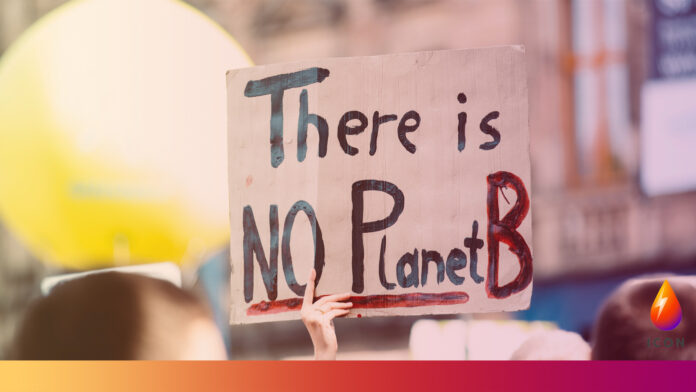Without immediate and deep emissions reductions across all sectors, limiting global warming to 1.5°C is beyond reach.
However, there is increasing evidence of climate action, according to the latest Intergovernmental Panel on Climate Change (IPCC) report.
Hoesung Lee, IPCC Chair, commented on the report: “We are at a crossroads. The decisions we make now can secure a liveable future. We have the tools and know-how required to limit warming.
“I am encouraged by climate action being taken in many countries. There are policies, regulations and market instruments that are proving effective. If these are scaled up and applied more widely and equitably, they can support deep emissions reductions and stimulate innovation.”
According to the report, limiting global warming will require major transitions in the energy sector, involving a substantial reduction in fossil fuel use, widespread electrification, improved energy efficiency, and use of alternative fuels (such as hydrogen).
Since 2010, there have been sustained decreases of up to 85% in the costs of solar and wind energy, and batteries. An increasing range of policies and laws have enhanced energy efficiency, reduced rates of deforestation and accelerated the deployment of renewable energy.
In the scenarios IPCC assessed, limiting warming to around 1.5°C requires global greenhouse gas emissions to peak before 2025 at the latest, and be reduced by 43% by 2030; at the same time, methane would also need to be reduced by about a third.
However, the scientists warn that even if this is done, it is almost inevitable that we will temporarily exceed this temperature threshold but could return to below it by the end of the century.
The global temperature will stabilise when carbon dioxide emissions reach net zero. For 1.5°C, this means achieving net zero carbon dioxide emissions globally in the early 2050s, for 2°C, it is in the early 2070s.
This assessment shows that limiting warming to around 2°C still requires global greenhouse gas emissions to peak before 2025 at the latest, and be reduced by a quarter by 2030.
The report looks beyond technologies and demonstrates that while financial flows are a factor of three to six times lower than levels needed by 2030 to limit warming to below 2°C, there is sufficient global capital and liquidity to close investment gaps.
However, according to IPCC, this relies on clear signalling from governments and the international community, including a stronger alignment of public sector finance and policy.
COP26 President Alok Sharma added: “This report makes clear that the window to keep 1.5 degrees alive is closing alarmingly fast. The warning lights are yet again flashing bright red on the climate dashboard and it is high time for governments to sit up and act before it is too late.
“That is why it is absolutely vital that as agreed in the Glasgow Climate Pact all countries, especially the G20 nations which are responsible for 80 per cent of global emissions, revisit and strengthen their 2030 emission reduction targets this year as necessary to align with the Paris temperature goal if we are to avoid the catastrophic impacts of climate change.
“But this report also gives hope that the rate of growth in emissions is slowing and that thanks to the falling cost of renewables and technological innovation it is possible to transition to a cleaner future.
“We know that a net zero economy presents huge opportunities for growth and the creation of good green jobs and so countries and companies need to accelerate that transition.”
‘Climate Change 2022: Mitigation of Climate Change’ is available on the IPCC website.
